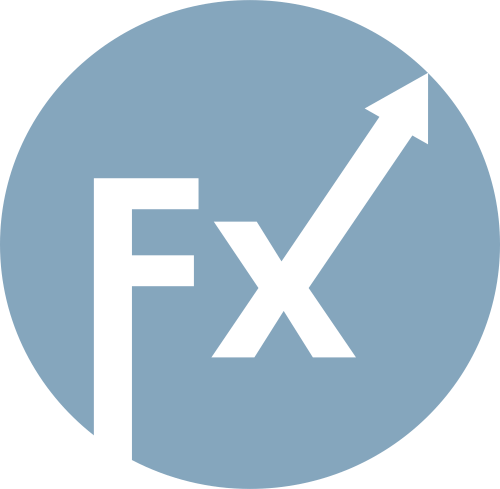

Despite the strong inflation figures, sellers failed to push USD/JPY below the 149.30 support level and into the 148.00 range. The pair unexpectedly reversed and climbed back to the 150.00 level, largely due to Kato's comments, which put pressure on the yen. This allowed buyers to reclaim part of their lost positions.
However, trusting this rebound may not be advisable. The inflation report will remain a key factor influencing the market, and hawkish signals from the Bank of Japan (BoJ) continue to suggest further rate hikes. Additionally, strong GDP growth in Q4 and expectations for higher wage increases following Japan's spring wage negotiations (Shunto) further bolster the case for a tighter BoJ policy.
According to the latest data, Japan's headline Consumer Price Index (CPI) jumped to 4.0% y/y in January, surpassing forecasts of 3.8%. This marks the strongest inflation rate since January 2023 and the third consecutive month of acceleration.
The core CPI, which excludes fresh food prices, also exceeded expectations, rising to 3.2% y/y (vs. a forecast of 3.1%), reaching its highest level since June 2023. Inflation, excluding both food and energy, accelerated to 2.5% y/y, up from 2.4% in the previous month.
A breakdown of the report shows that electricity costs surged by 18%, while food prices jumped by 7.8%, the highest pace in 15 months. Clothing prices rose 2.8%, household goods increased 3.4%, and transportation and medical services also saw price gains. The only categories that saw slight declines were communication services (-0.3%) and education (-1.1%).
This strong inflation report reinforces the hawkish stance of BoJ policymakers. According to a Reuters survey, nearly 70% of economists expect the BoJ to raise rates by 25 basis points in Q3 2024, likely in May or June. However, this survey was conducted before the latest inflation release, which means market focus will now shift to the March BoJ meeting for potential signals on earlier action.
In addition to inflation, Japan's Q4 GDP data recently showed a 0.7% q/q expansion, the fastest pace since Q2 2023. On an annualized basis, GDP growth hit 2.8%, far exceeding the consensus forecast of 1.0%. These figures suggest that Japan's economy remains resilient, providing further justification for a monetary policy shift.
Had Kato not expressed concerns about higher rates potentially pressuring Japan's financial system, USD/JPY might have already tested the 148.00 support level (lower Bollinger Bands line on the daily chart). However, his comments caused hesitation among yen buyers.
This contradicts the hawkish stance of BoJ board member Hajime Takata, who just two days ago advocated for continued tightening to prevent overheating and excessive price growth. Notably, Takata made these remarks before the inflation data release, suggesting that his next comments might be even more assertive.
Adding to the hawkish sentiment, BoJ Governor Kazuo Ueda also emphasized today that higher rates in the long run would support financial institutions' profitability, signaling a willingness to gradually normalize monetary policy.
Despite the recent bounce, USD/JPY remains in a bearish setup on both the H4 and daily timeframes, staying below the middle and lower Bollinger Bands lines.
On the D1 chart, the Ichimoku indicator continues to show a bearish "Bearish Cross" signal.
Key downward targets remain unchanged:
The fundamental backdrop favors further downside, reinforcing the case for a continued downtrend in USD/JPY.

PAUTAN SEGERA